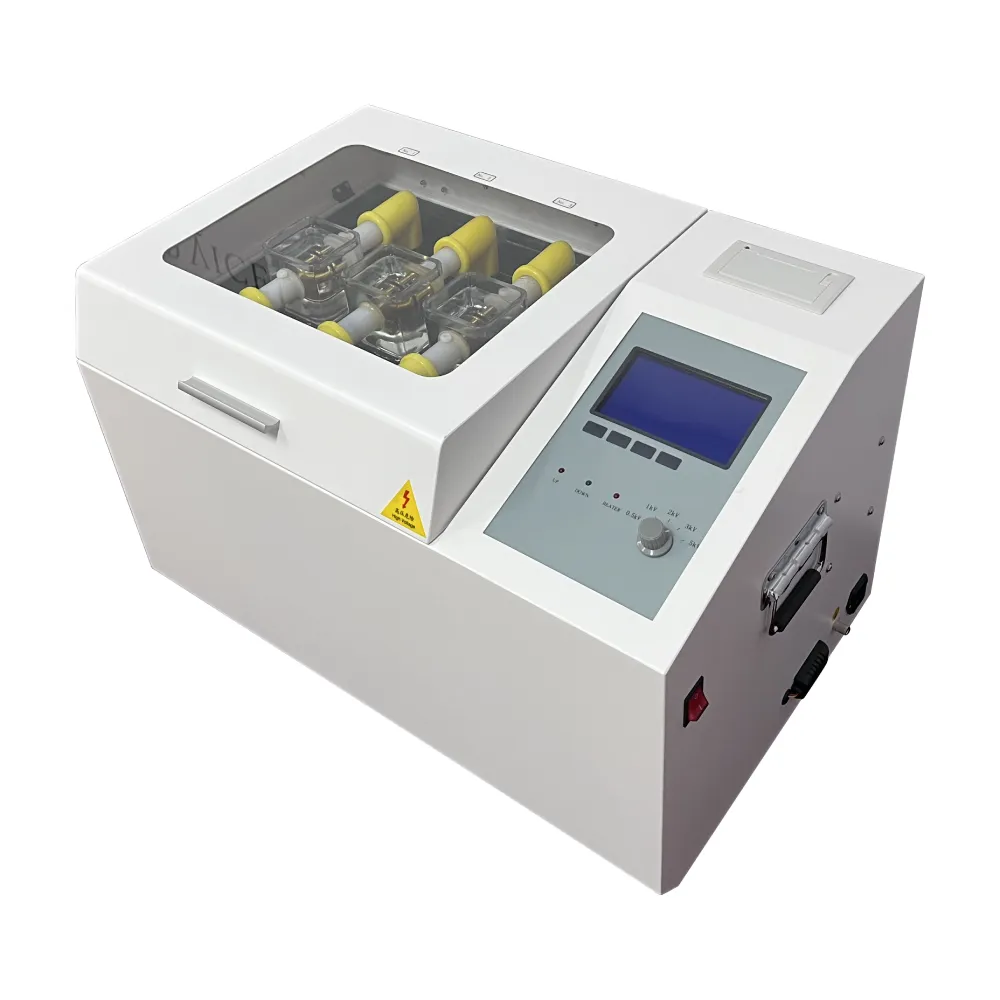 English
English


interfacial tension in transformer oil
Interfacial Tension in Transformer Oil A Key Factor in Electrical Insulation
The role of transformer oil in electrical systems cannot be overstated, as it serves both as an insulator and a coolant. Understanding the properties of transformer oil, particularly interfacial tension, is crucial for ensuring the reliability and efficiency of transformers. Interfacial tension refers to the resistance of a liquid interface to an external force, and it plays a significant role in the performance of transformer oil in preventing electrical breakdown and enhancing insulation.
Transformer oil is typically derived from refining petroleum or through synthetic processes. Its primary function is to provide electrical insulation and to dissipate heat generated within the transformer. Over time, however, the degradation of transformer oil can occur due to factors such as temperature, humidity, and contaminants. This degradation can lead to changes in the oil's physical and chemical properties, including interfacial tension.
A low interfacial tension value may indicate the presence of moisture, polar compounds, or other contaminants that can compromise the oil’s insulating properties. When interfacial tension decreases, it suggests that the oil’s ability to resist the formation of conductive paths has diminished, increasing the risk of dielectric breakdown. Conversely, higher interfacial tension values typically suggest a purer oil with fewer contaminants, indicating better performance in terms of electrical insulation.
interfacial tension in transformer oil

Measuring interfacial tension can be a decisive factor in assessing the condition of transformer oil
. Standard methods like the Wilhelmy plate and Du Noüy ring methods can be employed to quantify this property. By regularly monitoring interfacial tension, utilities can make informed decisions regarding maintenance, replacement, or additional treatment of transformer oil.Another vital aspect of interfacial tension is its correlation with the oil's aging process. As natural aging or thermal degradation occurs, by-products such as acids and water can accumulate, which tend to reduce interfacial tension. Thus, a consistent decline in interfacial tension can act as an early warning signal for potential transformer failures. Proactive measures, such as oil rejuvenation or filtration, can be implemented to restore interfacial tension and prolong the operational life of transformers.
In conclusion, interfacial tension in transformer oil is more than just a physical property; it is a critical parameter that influences the overall performance, safety, and longevity of power transformers. By understanding and monitoring this property, electrical utilities can enhance transformer reliability, reduce unexpected outages, and ultimately ensure a stable power supply to consumers. Investing in the analysis and maintenance of transformer oil will be key to advancing the efficiency and resilience of electrical infrastructure.
-
Differences between open cup flash point tester and closed cup flash point testerNewsOct.31,2024
-
The Reliable Load Tap ChangerNewsOct.23,2024
-
The Essential Guide to Hipot TestersNewsOct.23,2024
-
The Digital Insulation TesterNewsOct.23,2024
-
The Best Earth Loop Impedance Tester for SaleNewsOct.23,2024
-
Tan Delta Tester--The Essential Tool for Electrical Insulation TestingNewsOct.23,2024





